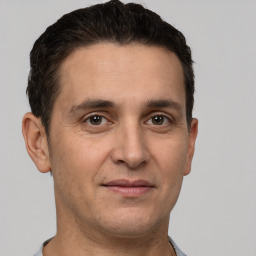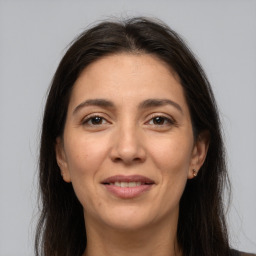This sample will let you know about:
- Introduction to Database.
- Question Oriented Concepts.
- Class chain of importance: superclass, Subclass and Inheritance.
- Fundamental Components of an OODM.
Introduction to Database
Rational database frameworks bolster a little accumulation of information sorts (whole numbers, dates, string, singe), which has demonstrated satisfactory for customary applications, for example, authoritative information handling. In numerous application spaces in any case, substantially more mind boggling sorts of information must be dealt with. Cases of areas with complex information incorporate PC Aided outline (CAD/CAM), interactive media vaults and report administration. These information are put away in OS document frameworks or specific information structures as opposed to in a DBMS. To bolster such applications, a DBMS must bolster complex information sorts. Question arranged ideas emphatically affected endeavors to upgrade database bolster for complex information and prompted to the improvement of protest situated frameworks.
The question situated frameworks have created along two particular ways;
Object-situated Database Systems: these are proposed as an other option to social frameworks and are gone for application spaces where complex items assume a focal part. The approach is vigorously affected by protest arranged programming dialects and can be comprehended as an endeavor to add DBMS usefulness to a programming dialect condition. The Object Database Management Group (ODMG) has built up a standard Object Data Model (ODM) and Object Query Language (OQL), which are what might as well be called the SQL standard for social database f














